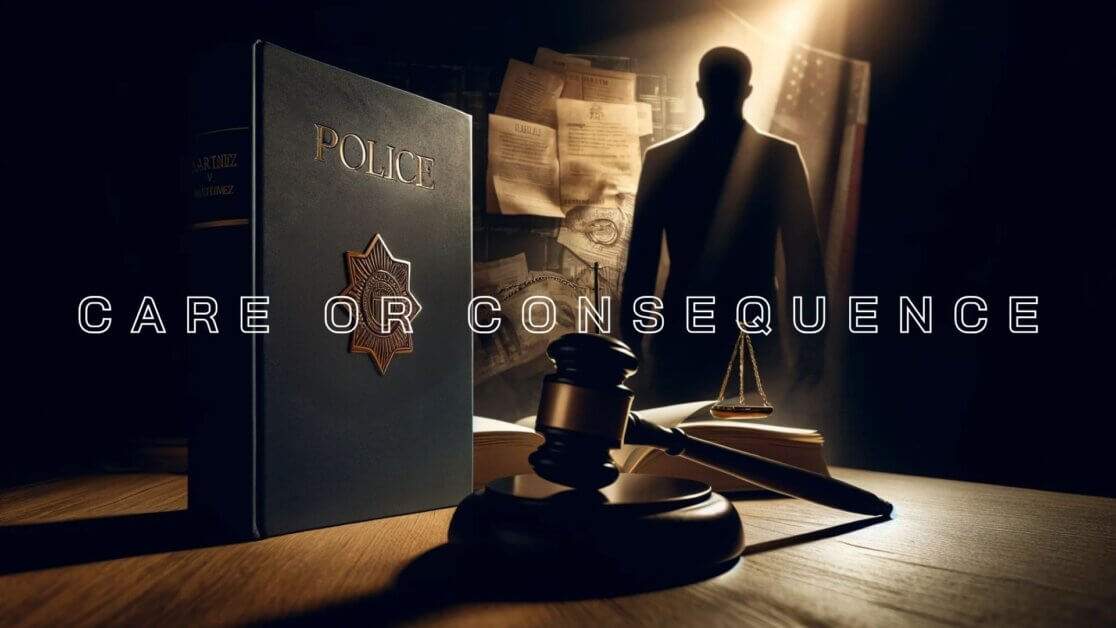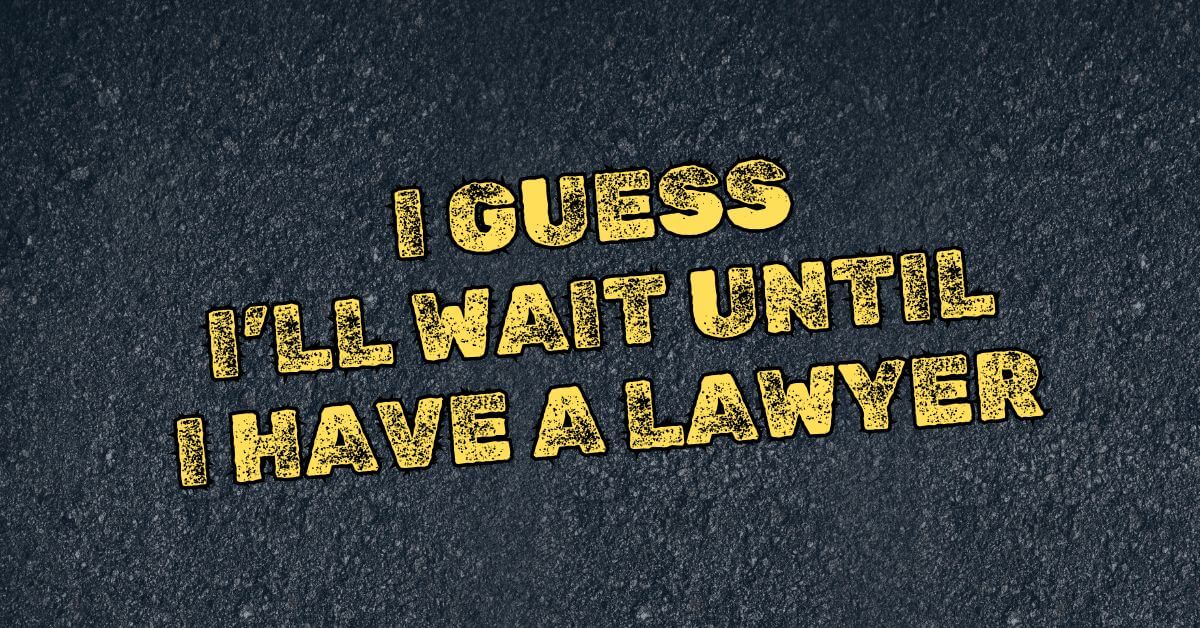January 2016 v.2
This memorandum serves to remind to all officers of proper procedure when dealing with the “open carry” issues surrounding firearms. While there is confusion as to application, Connecticut law and court decisions still support open carry; and still do not require individuals to show pistol permits to law enforcement when requested to do so, unless reasonable suspicion of a crime exists. Yes, you read that correctly. A subject carrying an openly visible weapon has no requirement to show an officer his pistol permit unless a Terry stop is authorized.
PA 15-216 requires a pistol or revolver permit holder to present his or her permit to a law enforcement officer for purposes of verifying the permit’s validity or person’s identity if the officer (1) observes the person carrying a pistol or revolver and (2) has reasonable suspicion of a crime. By law, permit holders must carry their permits while carrying a pistol or revolver.
When dealing with an open carry situation there are a few things important things to remember:
Despite all governing laws and court cases, this situation involves a known firearm, possessed by an unknown person. Officer safety is of primary concern. Dispatch should be notified immediately, and a back-up officer summoned. This holds true even if the officer does not intend to approach the individual. While many of these situations arise out of legal gun owners publicly exercising their Second Amendment right, with no intended physical harm, this cannot be assumed in every case. Even in cases where the officer decides not to interact with an individual, officers should monitor the individual for public safety, officer safety, and the subject’s safety; and to observe any behavior that may constitute criminal behavior. Unmarked vehicles and/or plainclothes officers should be utilized to observe these individuals, whenever possible.
Connecticut General Statute Section 29-35 (Carrying of pistol or revolver without permit prohibited. Exceptions) states that individuals must (with some exceptions not pertinent here), have a permit to carry handguns in Connecticut. The permittee must also carry the permit on his or her person when carrying a handgun. The court stated the permit statute is “absolutely clear. It requires only that a person ‘carry’ the permit. It does not say ‘show.’ The court stated it cannot interpret ‘carry’ to mean ‘show’ without violating the ‘principle of narrow construction of criminal statutes in favor of the accused.’”
It should be noted that there are no statutes that prohibit the carrying of rifles and/or shotguns, and there is no permit required to carry a rifle and/or shotgun.
Therefore, police personnel may not request individuals produce their pistol permits unless such individuals become subjects of a law enforcement investigative inquiry for another, legally justified reason; or it is a request stemming from a consensual encounter.
If an officer does request to see a pistol permit as part of a consensual encounter, he/she should first indicate that the interaction is consensual and that the person is not being detained. Second, the officer should indicate that he/she is aware of and respects the subject’s constitutional rights, and that producing the permit is not required by law. It may be helpful to explain that, by providing the permit, the individual can proactively avoid any further intrusion that may arise from future public complaints. If the person refuses, and no other facts or circumstance are present to give rise to reasonable suspicion for a terry stop, the interaction cannot proceed past a consensual encounter until more information is developed.
In Department of Emergency Services and Public Protection Commissioner v. Board of Firearms Permit Examiners, et al. No. HHB CV 14-6026730S (2015), the court found that because the police did no more than “ask Lazurek [the accused in this case] for his permit, and did not exercise or threaten any show of force, no Fourth Amendment seizure or stop occurred.” The court also found that “depending on the specific circumstances, a person who openly carries a pistol conceivably may be subject to arrest for violating several statutes, . . . even if [the law] does not prohibit a permit holder from carrying a pistol openly.”
While much of this is untested, it is generally understood that criminal violations cannot stem from the mere lawful carrying of a firearm out in the open. The common charges stemming from these encounters include breach of peace and interfering with a police officer.
If a valid permit holder is legally openly carrying a firearm; but another person or persons are alarmed, annoyed or inconvenienced because they are unaware that the permit holder is exercising his legal right to carry his weapon unconcealed; this in itself would NOT constitute a crime on the part of the permit holder. Probable cause depends upon the totality of the circumstances known to the officer at the time. Attention should be paid to those facts and circumstances that support an inference that an individual intended to create unreasonable alarm, a hazardous situation, or recklessly created a risk thereof. A complainant merely being alarmed or in fear would generally not rise to the level of breach of peace.
Geographic location can be used to support other viable information. This can include locations near schools, playgrounds, or other crowded areas. It is important to remember that a complaint from the public will generally provide a stronger basis for intervention than an officer’s observations alone. Officers should make contact with complainants and establish what facts and circumstances are present to dictate if an interaction with a subject is warranted, and to what degree.
If the interaction justifiably rises to the level of reasonable suspicion and a terry stop is initiated, the law does now require that an individual provide his/her pistol permit. The court has found, however, that his refusal and subsequent requirement of the officer to verify a pistol permit in other ways, database checks, etc., does constitute Interfering with a Police Officer. Prior rulings in have found that in a lawful Terry stop the subject must provide identification when requested.
In Department of Emergency Services and Public Protection Commissioner v. Board of Firearms Permit Examiners, the commissioner argued that Lazurek’s conduct amounted to interference with a police officer under CGS § 53a-167a, which provides in part that “a person is guilty of interfering with an officer when such person obstructs, resists, hinders or endangers any peace officer. . . in performance of such peace officer’s. . .duties.”. The court said that given the statute’s broad construction and the case facts, Lazurek violated the statute. It said that in the absence of seeing the actual permit, the police would have to resort to more inconvenient and time-consuming measures to determine if Lazurek had a permit. “Thus, Lasurek’s failure to show his permit clearly ‘hampered’ police investigation and ‘obstructed’ or ‘hindered’ the police in their duties.”
A valid permit, however, does not prevent public or private entities from banning firearms in certain areas. Firearms (concealed or in view) can be and are banned in many public buildings, sports and entertainment stadiums, school grounds, etc. If a valid permit holder has a firearm on his person (concealed or not), and is in a public or private place that prohibits firearms; that person should be made aware of the prohibition and asked to leave. If the person refuses to leave and still has the firearm on his/her person, or returns with the firearm after being notified of the prohibition, it is a criminal trespass violation.
Often times, individuals who are exercising their right to carry firearms out in the open, and in direct view of the public and law enforcement, are doing so to elicit a reaction. One reason may be to entice law enforcement to react in a manner where their actions can be attacked as violating the law and the individual’s rights. The individual carrying the firearm, or someone nearby, usually video and audio records these encounters. It is imperative that officers have knowledge of the law and react in a safe, professional, and confident manner, without overreacting and falling into a trap.
This publication is produced to provide general information on the topic presented. It is distributed with the understanding that the publisher (Daigle Law Group, LLC.) is not engaged in rendering legal or professional services to the reader. Although this publication is prepared by professionals, it should not be used as a substitute for professional services. If legal or other professional advice is required, the services of a professional should be sought.



